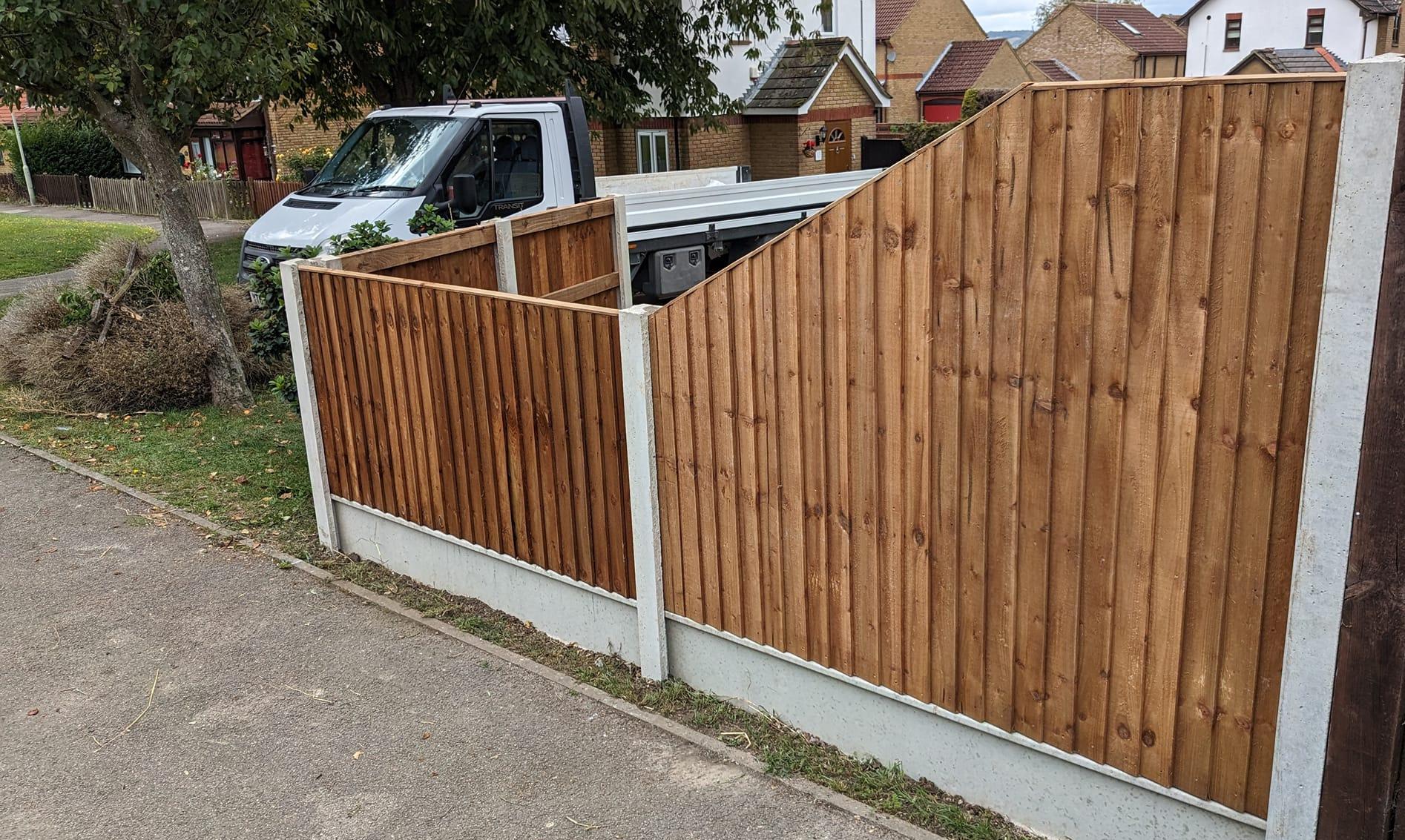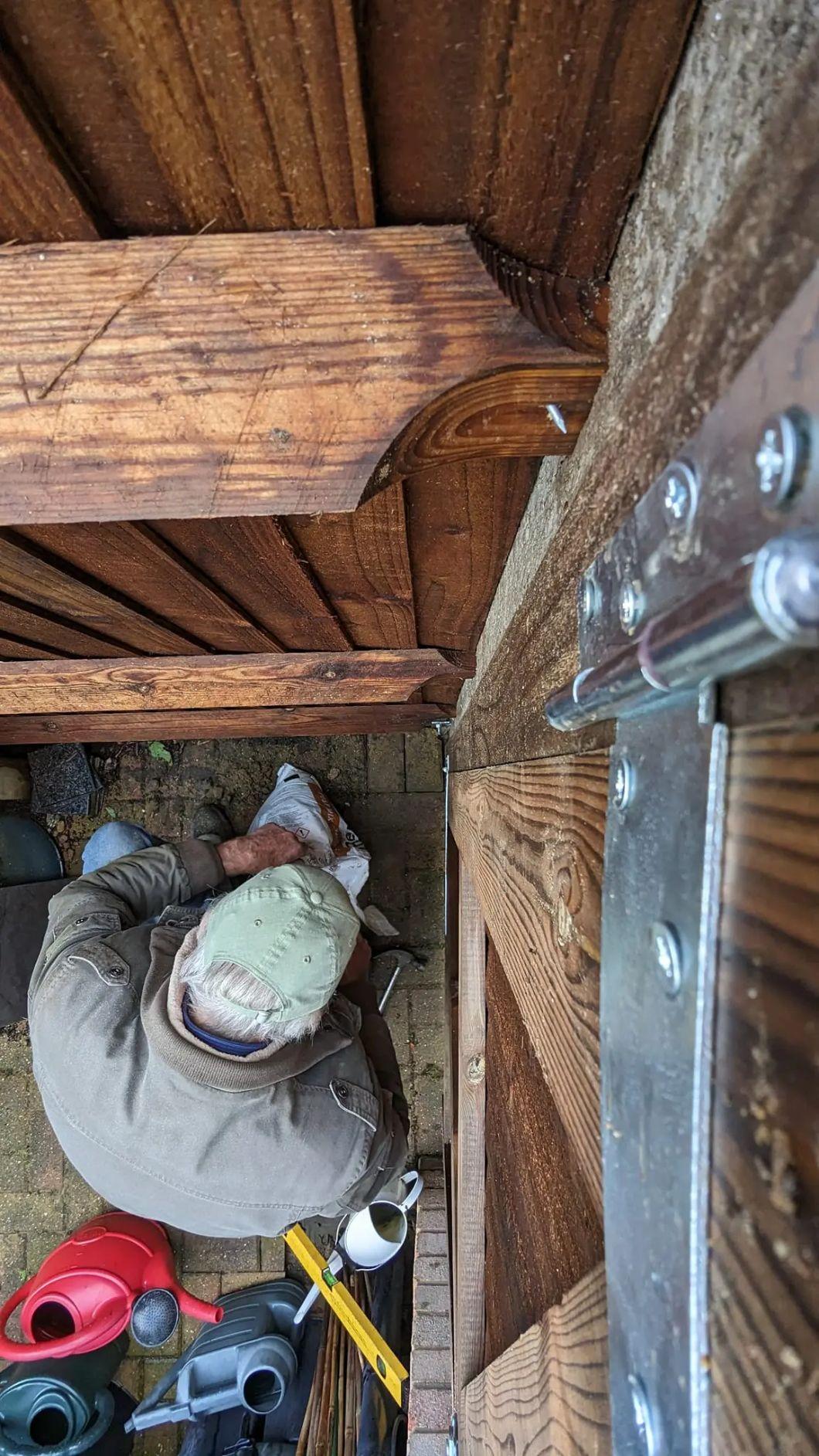Can fence panels be cut to size
A Comprehensive Guide to Cutting Fence Panels to Custom Size
Are you puzzled about custom size fence panels? Whether you're dealing with an awkward garden space or simply need to customise your fencing, you'll be pleased to know that yes, fence panels can indeed be modified to create perfect custom size fence panels for your specific requirements.
In this detailed guide, we'll walk you through everything you need to know about creating custom size fence panels, from adjusting straightforward closeboard panels to modifying more intricate decorative designs. Whether you're a keen DIY enthusiast looking to create custom size fence panels or simply want to understand the process, we'll cover the essential techniques and considerations for achieving a professional finish.
Why Might You Need Custom Size Fence Panels?
- Irregular garden boundaries requiring exact measurements
- Sloping ground levels needing tailored panel heights
- Specific height requirements for privacy or regulations
- Working around existing features with precision
- Creating a uniform appearance with perfectly sized panels
Understanding how to properly cut and modify fence panels to create custom sizes not only helps you achieve the perfect fit but also ensures your fencing remains sturdy and aesthetically pleasing. Let's dive into the specifics of handling different panel types and the best approaches for each.
Closeboard Panels: Easy Does It
Closeboard panels are the easiest to resize. First, measure the gap where the panel will fit. Then, measure the panel itself and mark the point where the panel needs to be cut. Remove two featheredge boards where the mark comes to. Use one of these boards to mark the measured line, and nail it back on. Finally, make the cut through the backing rail. It's a straightforward task that won't give you much trouble.
Here's a step-by-step guide:
- Measure the Gap: Measure the gap where the panel will fit.
- Mark the Panel: Measure the panel itself and mark the point where the panel needs to be cut.
- Remove Boards: Remove two featheredge boards where the mark comes to.
- Mark the Line: Use one of the removed boards to mark the measured line, and nail it back on.
- Cut the Backing Rail: Finally, make the cut through the backing rail.
Waney Lap fence panels cut to size : A Bit More Work
Waney lap fence panels require a bit more effort to resize. Start by flipping the panel onto its front, so the back is facing upwards. Measure the gap where the panel will fit, and then measure and mark the panel accordingly. Remove the batten that is beyond the mark. There are five downward battens on the back of a panel if you include the end battens. Place the removed batten on the marked spot and nail it at the top and bottom. The front of the panel has a larger top and bottom horizontal rail to nail into. Cut through the top and bottom horizontal battens, but only enough to see the mark on the front of the panel. Flip the panel over to the front, match the back batten with a front batten, nail them together, and then cut the panel.
Here's a step-by-step guide:
- Flip the Panel: Start by flipping the panel onto its front, so the back is facing upwards.
- Measure and Mark: Measure the gap where the panel will fit, and then measure and mark the panel accordingly.
- Remove Batten: Remove the batten that is beyond the mark. There are five downward battens on the back of a panel if you include the end battens.
- Reposition Batten: Place the removed batten on the marked spot and nail it at the top and bottom. The front of the panel has a larger top and bottom horizontal rail to nail into.
- Cut Horizontals: Cut through the top and bottom horizontal battens, but only enough to see the mark on the front of the panel.
- Flip and Match: Flip the panel over to the front, match the back batten with a front batten, nail them together, and then cut the panel.
Decorative Panels: The Challenge
Resizing decorative panels is the most challenging. These panels often have intricate components and staples that need to be removed before making any adjustments. It's a bit more time-consuming and complicated compared to other types of panels, so be prepared for a more delicate process.
- Carefully remove staples and other fasteners
- Disassemble intricate components as needed
- Make precise measurements and cuts
- Reassemble the panel, ensuring the design remains intact
This process requires patience and attention to detail to preserve the panel's aesthetic appeal. Be prepared for a more delicate and time-consuming process when working with decorative panels.
Dealing with Different Sizes at the Bottom and Top
Yes, you can cut a panel if the sizes are different, follow the standard guide for panel replacement.
For Concrete Slotted Posts: If the panels are going into concrete slotted posts, they can only be resized if the bottom is narrower than the top.
- Carefully remove staples and other fasteners
- Disassemble intricate components as needed
- Make precise measurements and cuts
- Reassemble the panel, ensuring the design remains intact
This process requires patience and attention to detail to preserve the panel's aesthetic appeal. Be prepared for a more delicate and time-consuming process when working with decorative panels.
Our Expertise in Action
Sheridan Fencing, with over four decades of fencing experience in the Medway region and beyond, we've become pros at resizing fence panels. Whether it's closeboard, waney lap, or decorative, we've done it all. Our experience ensures that we can efficiently and accurately adjust panels, providing customised solutions for your unique fencing needs.
Trust Our Skills At Sheridan Fencing
You can trust us to make the necessary adjustments while keeping your fence's quality intact. We're committed to excellence, ensuring that your resized fence panels not only meet your specifications but also last for a long time. For all your fencing needs in the Medway region, count on our expertise and dedication to craftsmanship.
Conclusion
Resizing fence panels isn't rocket science, but it does require some attention to detail. Understanding the differences between panel types can help make the process smoother. Whether you're a DIY enthusiast or seeking professional help, precision and expertise are key to achieving the desired results.
Frequently Asked Questions About Resizing Fence Panels
1. Can all types of fence panels be cut to size?
Yes, most fence panels can be cut to size, including closeboard, waney, and decorative panels. However, the difficulty and approach vary depending on the panel type.
2. Do I need special tools to resize fence panels?
Basic tools like a measuring tape, pencil, hammer, nails, and a saw are essential. For more complex panels, you might need additional tools like a staple remover or pry bar.
3. How much does it cost to have fence panels professionally resized?
Costs vary depending on the type and number of panels, as well as the complexity of the job. Contact Sheridan Fencing for a personalized quote based on your specific needs.
4. Will resizing affect the structural integrity of my fence panel?
When done correctly, resizing should not significantly impact the panel's structural integrity. Professional services like Sheridan Fencing ensure that the panel remains strong and durable after resizing.
5. How long does it take to resize a fence panel?
The time required to resize a fence panel varies depending on the type:
- Closeboard panels: Approximately 10 minutes
- Waney lap panels: Around 20 minutes
- Decorative panels: Between 40 minutes to 1 hour
These times reflect the work of experienced professionals like our team at Sheridan Fencing. DIY efforts may take longer, especially for those less familiar with the process.
6. Can I resize a fence panel myself, or should I hire a professional?
While DIY is possible, especially for simpler panels, hiring a professional ensures precision and maintains the panel's quality. It's particularly recommended for decorative or complex panels.
7. Will resizing affect the warranty on my fence panels?
Resizing may affect the manufacturer's warranty. It's best to check your warranty terms or consult with the manufacturer before resizing.
8. Can you resize pressure-treated fence panels?
Yes, pressure-treated panels can be resized.
9. What should I do if I accidentally cut my fence panel too short?
If a panel is cut too short, it might need to be replaced. In some cases, a professional might be able to add an extension piece, depending on the panel type and the extent of the miscalculation.
10. How do I measure correctly to ensure my resized panel fits perfectly?
Measure the gap where the panel will fit at multiple points, as gaps can vary. Always double-check measurements and consider the "measure twice, cut once" principle to avoid errors.
Sheridan fencing - Dave Relf

